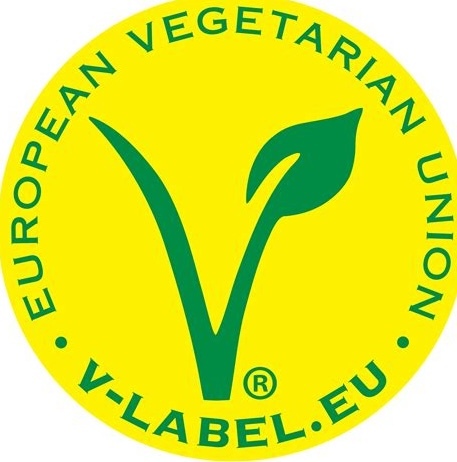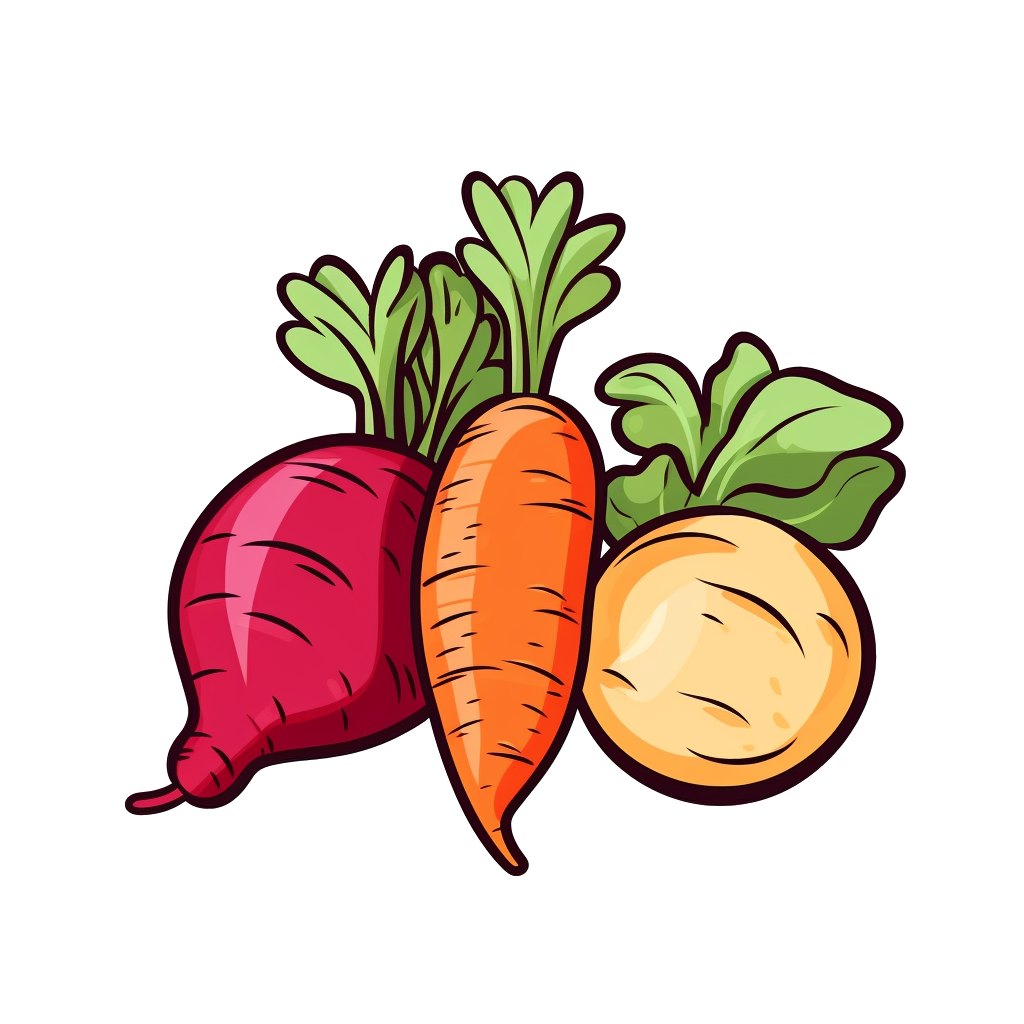Jim East
- 59 Posts
- 54 Comments

 2·2 days ago
2·2 days agoIf Iceland can grow bananas, then oil palms don’t seem like much of a stretch. But whether they are grown outdoors in the lowland tropics or in a greenhouse somewhere else, that’s land that cannot be native forest. At least in the tropics, it’s possible to implement an agroforestry system that includes both oil palms and native trees, but in a greenhouse somewhere cold… nope. Even if the yield would be greater than that of more cold-tolerant oil crops, more energy would be needed for heating in the winter, so intuitively, it doesn’t seem practical except where there would be large amounts of “waste” heat anyway, like near geothermal vents or power plants.
Fortunately, palm oil is not essential for nutrition, and many industrial applications could use (e.g.) hemp oil if palm oil is not available, so it’s not necessary to increase production of palm oil. About half of world production goes to “livestock” feed anyway.
a berry pie without any sugar but what’s already in the berries shouldn’t be too bad.
Wolves have been observed to subsist on almost exclusively blueberries during the height of the season in Yellowstone, so I’d say the glyphosate residue in the flour is much more of a risk than whatever fruit is in the middle.
Ah. I thought that you were implying that the post was off-topic. Never mind.
And I think that information about a possible neurological basis for the dysfunction that allows for mass insanity to take hold in the first place is relevant, no?
THIS is the actual definition of Veganism, directly from the people who coined the term:
That definition is from 1988, so it’s questionable whether it came “directly from the people who coined the term” in 1944. Here is a re-publication of the 1951 Leslie Cross definition:
“The object of the Society shall be to end the exploitation of animals by man” and “The word veganism shall mean the doctrine that man should live without exploiting animals.”
Allegedly someone read The World Peace Diet (by Will Tuttle) to Donald Watson on his deathbed, and Donald Watson said that the book encompassed everything that he intended when he founded the Vegan Society. Make of that what you will.
Not all, but yes, some components are inevitably lost in the drying process. There’s a reason that dried fruit is often treated with sulphur dioxide as a preservative. Of course, preserving the colour doesn’t prevent the loss of large amounts of essential nutrients like vitamin C. Fresh is best whenever possible.

 2·3 days ago
2·3 days agoAsmeaning dry summer? Oof. Those droughts are the worst. Here’s a quick-and-dirty list. For the sake of easy management, I won’t list any vines or short-lived plants. Trees and shrubs and palms only. This is by no means exhaustive. No guarantees of accuracy.More Suitable
Depending on the exact temperatures and precipitation at your site, as well as the soil, these would probably do well.
- Adansonia digitata (savanna / dry forest)
- Anacolosa frutescens (mixed forest)
- Annona senegalensis (savanna / gallery forest)
- Antidesma bunius (mixed forest)
- Breynia androgyna (humid forest edge)
- Byrsonima crassifolia (savanna / open woodland)
- Canarium schweinfurthii (rainforest or gallery forest)
- Carissa macrocarpa (open woodland / scrub)
- Chrysophyllum lacourtianum (semi-deciduous forest)
- Citrus hystrix
- Citrus japonica
- Citrus × latifolia
- Citrus × limon ‘Improved Meyer’*
- Citrus × nobilis*
- Citrus × sinensis*
- Cordiera sessilis (gallery forest / savanna woodland)
- Dillenia indica (evergreen rainforest or gallery forest)
- Ficus carica* (dry forest / savanna)
- Flacourtia indica (dry forest)
- Garcinia xanthochymus (humid forest)
- Limonia acidissima
- Mangifera indica*
- Morinda citrifolia
- Morus macroura
- Mouriri guianensis (rainforest, mixed forest, savanna)
- Myrciaria tenella (seasonal forest)
- Pometia pinnata (open woodland / gallery forest)
- Pouteria gardneriana (gallery forest)
- Pouteria macrophylla (coastal moist forest)
- Pouteria venosa (savanna / dry forest / moist forest)
- Sclerocarya birrea subsp. caffra (dry forest / savanna woodland)
- Sonneratia caseolaris (tidal muck)
- Spondias dulcis (secondary forest / dry forest)
- Spondias purpurea (secondary forest / open woodland)
- Syzygium samarangense (rainforest or high water table)
- Terminalia catappa (dry forest / mixed forest)
- Ximenia americana (dry forest / scrub)
- Ziziphus mauritiana* (dry forest / savanna / scrub)
More Questionable
These plants might be suitable depending on the specific climate conditions at your site. Some of them would not do well with too much rain in the wet season, while others would always require irrigation in the dry season. Some of them could survive the climate just fine, but fruiting is questionable due to the wet and dry seasons being inverted. Many more plants native to
Awregions could probably be included here, but these seem (potentially) more suitable for dry summers.- Alibertia edulis (savanna / open woodland)
- Allagoptera arenaria (sand dunes / scrub / coastal forest)
- Allagoptera caudescens (savanna / open woodland)
- Annona squamosa* (secondary forest / open woodland)
- Ardisia compressa (humid forest)
- Artocarpus heterophyllus* (rainforest / gallery forest)
- Canarium album (mixed forest)
- Ceratonia siliqua (dry forest)
- Dovyalis caffra (savanna / scrub / open woodland)
- Eugenia luschnathiana (deciduous forest / open woodland)
- Flacourtia jangomas (mixed forest)
- Genipa americana (moist forest / gallery forest)
- Inga spectabilis* (moist forest / gallery forest)
- Malpighia emarginata (moist forest)
- Manilkara zapota* (moist forest / gallery forest)
- Morus alba
- Nauclea xanthoxylon (high water table)
- Nephelium lappaceum (moist forest)
- Nephelium ramboutan-ake* (moist forest)
- Opuntia ficus-indica (open drylands)
- Plinia cauliflora × aureana
- Porcelia macrocarpa (secondary/seasonal moist forest)
- Pouteria grandiflora (secondary/seasonal moist forest)
- Punica granatum (steppe / dry forest)
- Syzygium aqueum (moist forest / gallery forest)
- Syzygium jambos (moist forest / gallery foret)
- Vangueria madagascariensis (open woodland)
* highly recommended if your conditions are suitable
Without knowing where you are, I can’t recommend any seed/plant sources, but feel free to ask for more information about any of the plants that I listed. I also recommend these resources for information about food forests, especially in your climate.

 2·4 days ago
2·4 days agoConvert the pasture lands to syntropic food forests and native forests, and then the birds and other native animals will have a place to live again.

 1·4 days ago
1·4 days agoLet us not forget that this is primarily due to deforestation, whether directly (due to loss of tree cover for moisture retention) or indirectly (due to climate change).

 1·4 days ago
1·4 days agoWe need both, obviously. Ending animal agriculture is the most practical way to achieve it.

 1·4 days ago
1·4 days agoAnyway all policy scenarios with any hope of staying below 2ºC, let alone 1.5ºC, include a lot of net reforestation. So we’ll have to turn this around, somewhere.
It seems like people are working on it in various places, especially in the Amazon:

 1·4 days ago
1·4 days agoDid you sort this out?

 2·4 days ago
2·4 days agoYou should have plenty of space if you can plant in the park! Public fruit trees are a great community service, and if you tell the park people that you want to plant native trees, they’d be foolish to say no. More fruit for you, more fruit for the birds, more fruit for anyone smart enough to harvest it, less grass and prickly stuff, more shade in the heat of summer. Everyone wins. Including the people at the persimmon nursery. :)

 3·5 days ago
3·5 days agoProjects like this are in desperate need of serious people to help them scale up. If even a small fraction of the people who see articles like this (or videos, or whatever) were to contribute some of their time and energy to the projects themselves, then the odds wouldn’t be so against them, and that little bit of progress would become reforestation of entire regions. The question isn’t whether it’s possible for a project like this to succeed; the question is whether there are enough people willing to make it happen.
https://worldfloraonline.org/ is useful for verifying plant names and finding botanical descriptions.

 2·5 days ago
2·5 days agoThere’s never enough space! Have you looked into nearby lands where you could guerrilla plant some things? At least you got some pawpaws planted already. That’s probably the most important thing.
This is an excellent idea, much needed and long overdue! If this takes off, then it’ll be an important part of a sustainable future (along with the transportation technology to make the swaps possible, of course.)
It’s not clear from looking at the site whether this is for exchanging seeds too. Seeds are much easier to transport, so it makes sense to also include listings for seeds. I recommend asking people to indicate what time year their seeds are available, as many seeds have a short viability.
Another important inclusion would be information about transporting seeds and plants long distances. That could include guides on how to prepare and pack them as well as information about seed-/plant-friendly transportation services in various parts of the world. I think that people who offer such a service (and can provide proof of it) should be allowed to make a listing for their service as well.
There’s a lot of potential here! If you like these ideas, I’ll gladly discuss further over DMs. :)

 2·5 days ago
2·5 days agoAs others have said, this article is not very accurate. Annual crops produce over a short window, so one would need to have successive crops lined up in order to keep the space productive. Growing something to get only one harvest is a very poor return on investment. If one wants to survive without depending on “the system” at all, then trying to do so outside of the equatorial zone is living life on hard mode.
Near the equator, one could survive on only bananas for a while, and that would take a small fraction of a hectare, probably about as much space as this article talks about, but realistically, eating only banana long-term is not feasible, and growing more variety requires more space. There is also the feast-or-famine issue if the gaps between harvests are too long. Preservation of the harvest is time-consuming and requires infrastructure that not everyone has (e.g. refrigeration). Living in a neighbourhood where everyone is growing food in order to survive would allow for trade, and so each individual/household would not need to diversify their food production as much, and someone’s excess that they cannot preserve could fill someone else’s harvest gap, reducing the total amount of land that each requires. Ideally, that’s the way to do it, and some people are trying. Tree fruits make the most sense as staple foods, since they become self-maintaining after a few years (other than pruning to control size), and in a sufficiently diverse food forest ecosystem, the trees won’t deplete the soil or invite plagues, so they don’t require externally-produced fertilisers and -icides. With enough different species and a fairly non-seasonal climate, it’s possible to grow enough fruit year-round, with some high-calorie staple(s) always in season.
But lettuce and lima beans? Good luck with that.

 1·5 days ago
1·5 days agoFor transporting grafted plants in luggage (in order to get them through customs), this video explains the process of removing soil, bracing graft union, and so on.
Transporting plant material internationally
or YouTube:
https://youtube.com/watch?v=cyn9gDx2seU





















That’s awesome. Please post back with an update on how it goes! Would you ever get fruit from the mulberries, or do the birds eat them all where you are?